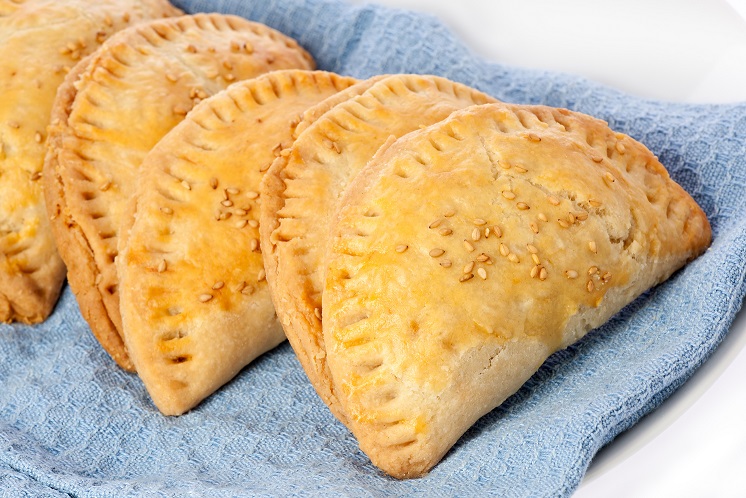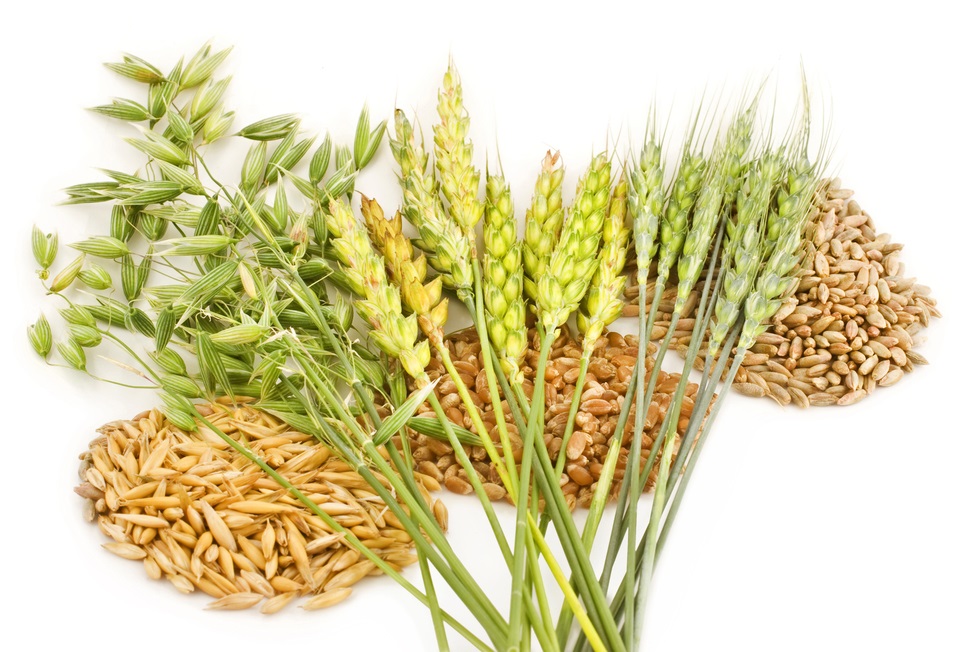
With the increasing popularity of the Paleo and clean eating trends, it comes as no surprise that more and more people decide to remove grains from their diets. Bread, pasta, cereals, baked goods, and gluten-rich products have quickly turned into the most hated foods on the market for a large number of people, are now considered almost as unhealthy as fast foods.
Yet, the consensus among nutrition professionals is that grains should be the foundation of our diet, the 2010 Dietary Guidelines for Americans recommending an intake of 3 to 5 servings of whole grains every day for adults aged 18 and above. At the same time, the Guidelines recommend limiting the consumption of refined grains and grain products with added salt or sugars, and Americans seem to be quite receptive to these recommendations.
Statistical data shows that U.S. adults are pretty concerned with what they put on their plates, and try to improve their eating habits to enhance their health state.
According to the IFIC Food and Health Surveys (2006-2009), 81% of Americans are trying to consume more whole grains and 67% are trying to reduce the intake of refined grains, the primary reason for this behavior being the nutritional value of whole grains (32%), followed by the increased amount of fibers (31%), the better taste of whole-grain products (13%) and the reduced calorie value (4%).
The recommendations are pretty similar in Australia: adults are advised to eat 3-6 servings of grains per day; still, note that the size of the servings is different in the Australian Dietary Guidelines, 1 serving of bread for example consisting in 1 slice, and not 2 slices of bread.
So what’s the verdict? Should or should we not consume grains? Are these foods really the evilest products in our diets?

On the one hand, it’s been proven that whole grains can decrease the risk of diabetes and heart disease, and it’s well known that these foods provide a series of useful nutrients, which help in preventing malnutrition. Moreover, whole grains contain fewer calories than denser dairy and meat products. 1 slice of whole wheat bread provides around 70 calories, while a serving of chicken meat (1/2 breast) for example has 141 calories, and 1 slice of cheddar cheese contains 113 calories.
On the other hand, adepts of the Paleo trend (no grains allowed) say that on a calorie-by-calorie basis, grains provide fewer nutrients than meat, seafood, veggies, or fruits. Also, they label grains as unhealthy due to their content of gluten, lectins, and phytates. But what’s wrong with these compounds, you might ask?
Gluten is found in all wheat products, rye and barley, this tiny composite being part of the proteins glutenin and gliadin. The sticky, water-soluble substance makes bread fluffy and gives the dough a sticky texture. After you eat grains, the two proteins containing gluten travel throughout your digestive system and if you’re gluten intolerant, your body starts producing certain antibodies to protect itself from the compound that’s perceived as “dangerous”.
This process can damage the microvilli of the intestines, interfering with the absorption of nutrients and causing digestive discomfort, bloating, constipation, or the more severe leaky gut syndrome, anemia, and malnutrition. People with sensitivity to gluten are more likely to develop iron and vitamin D deficiencies, and more prone to developing autoimmune disorders.
It is estimated that 1 in 20 Americans suffers from gluten intolerance, and 1% of the adult population suffers from celiac disease, condition defined by a complete intolerance to this protein.
Lectins are another type of protein that can alter the mucous membrane lining the intestines, causing inflammation and leading to a leaky gut syndrome, bloating, and other digestive issues. These compounds can bind to insulin receptor sites, triggering hormonal and immune responses.
Phytic acid blocks the absorption of minerals, increasing the risk of magnesium, calcium, iron, zinc, and copper deficiencies and making one more prone to osteoporosis and other health issues. However, sprouting breaks down the phytic acid, so sprouted grains are healthier from this point of view and are also enriched with many important vitamins.
Based on these considerations, we could say that grains are, in fact, unhealthy. However, at a closer look, things aren’t exactly black and white. Grains can cause digestive issues and more severe health problems, but people who aren’t sensitive to gluten can usually tolerate these foods without experiencing unpleasant symptoms.
Moreover, sprouted grains provide useful nutrients, and contain much lower amounts of lectin. And speaking of lectin, this is also found in legumes and beans, so it’s not only grains that contain the “threatening” compound. Soaking the beans and legumes, fermenting, sprouting, or cooking the grains helps in reducing the amount of lectin, reducing the health risks associated with this ingredient as well.
Removing grains from your diet can be helpful if you’re intolerant to gluten, or have a more sensitive digestive system, but there’s no guarantee that by simply eliminating bread or pasta from your menu you’ll get healthier or slimmer. Some people feel better, have more energy and lose weight easier after removing gluten and grains from their diet, but there are also lots of people with a great health state and fitness level, who continue eating grains.
Just like grains are considered unhealthy because they contain these ingredients, dairy products can be labeled as unhealthy because they have lactose and meat can be blamed for high cholesterol levels and increased risk of heart disease. Not all grains are created equal, and just like some cheeses are healthier than others and some types of meat are more recommended than others, whole grains are healthier than refined grains.
Unless you experience digestive discomfort and unpleasant symptoms after eating grains, there’s no reason to completely remove them from your diet. But if you want to go grain-free, make sure you supplement your diet with other sources of minerals, fibers and vitamins, in order to avoid nutritional deficiencies. Also, keep an eye on your total calorie intake and make sure you don’t overeat, as veggies, fruits, meat and dairy are less fulfilling than grain-based products.
Conclusion: the real problem isn’t that Americans eat grains, but that lots of these grains are found in unhealthy foods, such as sugary breakfast cereals, commercial sandwiches, bakery and pastry products, or junk foods. So if you’re willing to improve your diet, start by removing these products from your menu, not the whole grains.
Whether you’re a Paleo enthusiast or a grain lover, we’d like to hear your opinion on this topic! Join our Facebook community and share your thoughts with us!

Updated on: 08.09.2021 The lymphatic system is involved not only...

Stress can make you gain weight – we’ve heard this...

Various theories exist to answer this question. As you will...

Both rebounding and jumping on a trampoline are excellent ways...

Our series of whole body vibration machine exercise articles continues...